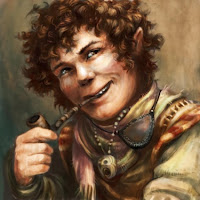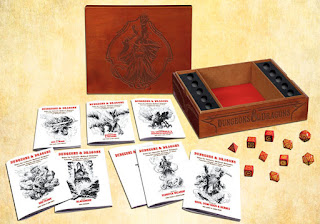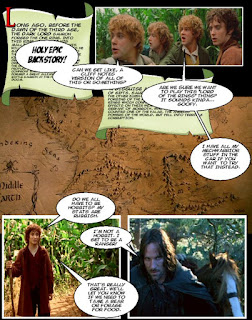Monsters/Humanoids as Playable races in D&D
It has been leaked that the forthcoming Volo's Guide to Monsters will have rules for playing Aasimar, Bugbears, Firbolgs, Goblins,Goliaths, hobgoblins, Kenku, Kobolds, Lizardfolk, Orcs, Tabaxi and Tritons. Setting aside my current movement towards even finding elves a bit problematic as a playable race, I can see the case for things like Aasimar, Kenky and Goliaths. But bugbears? Goblins? Hobgoblins? I've even seen complaints that gnolls weren't included. What? These are monsters . I guess it comes out of an assumption that I've grown to wholesale reject - A naturalistic approach to critters. Ie, that gnolls or bugbears are just another intelligent species like any other, albeit one more violent then most. In other words, they are not really monsters. This approach, populised I suppose by the WoW/Eberron approach to orcs as Noble Savages, to me roundly defeats much of the Raison d'Etre for D&D adventuring - Namely that it is ok to kill these cr







